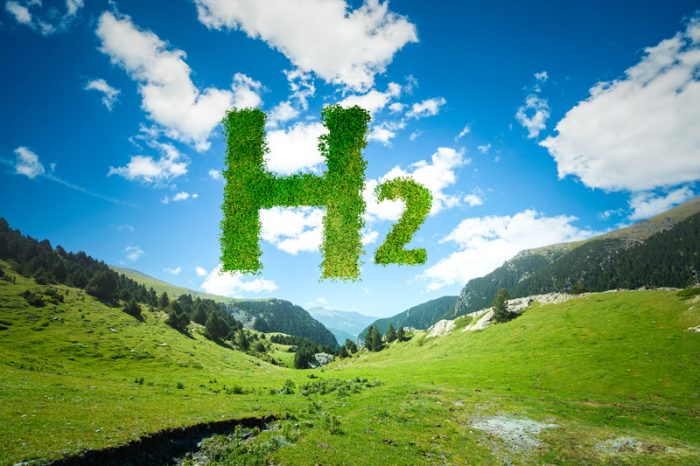Germany is making rapid progress towards creating a hydrogen economy. This is one of the conclusions of the second report “H2-Bilanz” (H2 Balance), published on Friday by E.ON based on data from the Institute of Energy Economics at the University of Cologne (EWI). It is noted that a number of new projects are currently being planned that would increase the electrolysis capacity. In addition, these projects are on average significantly larger than the previous ones and therefore no longer serve only for testing and research purposes, but would also be suitable for industrial-scale hydrogen (H2) production.
In Romania, Delgaz Grid, the distribution company of the E.ON Romania group, will start, in May, in the Mediaș training ground, the tests within the 20HyGrid project, which aims to validate at a national level the use of the technological solution based on on the mixture of 23% hydrogen with natural gas.
The company emphasizes that in Romania it is also essential to develop an appropriate legislative and regulatory framework, as well as support schemes/financing programs to support the investments necessary to implement hydrogen technologies, respectively the conversion of natural gas networks to hydrogen.
In Germany, H2 generation capacity planned by 2030 has increased from 5.6 GW in July 2022 to 8.1 GW in February 2023. This shows that plans to build electrolysis plants to generate hydrogen are gaining speed, which makes the German Government’s target of 10 GW of installed capacity by 2030 increasingly tangible. On the other hand, however, final investment decisions have not yet been made for most projects.
E.ON attributes, among other things, the planned increase in electrolysis capacity to the energy crisis. The need to become less dependent on natural gas as quickly as possible and achieve greater diversification of energy sources has given many plant operators an incentive to plan hydrogen projects.
In turn, the increased electrolysis capacity has narrowed the forecast import gap: while it was still 50.5 TWh when the “H2-Bilanz” was first published last November, E.ON now expects to a gap of 43.5 TWh by 2030. The calculation is based on a hydrogen demand of 66 TWh by 2030, based on a study.
However, there has been no concrete progress in infrastructure development. Although planned hydrogen lines have increased from 2,273 to 2,813 kilometers in six months, only 417 kilometers of pure hydrogen lines are currently in operation in Germany.
“It is gratifying that Germany’s planned hydrogen generation capacity has increased and the import gap has narrowed. However, we should not rely on this initially positive development. Planning needs to be even more ambitious. Otherwise, unrealized projects or construction delays could quickly prevent the 10 GW target from being reached. In addition, we still lack the infrastructure to transport hydrogen to customers. Therefore, Germany must now follow its chosen path even more decisively and consistently in order to give the German and European hydrogen economy a real chance on the global market,” says Patrick Lammers, member of the Board of Directors of E.ON.
E.ON still sees an urgent need for clarification, for example, in the framework conditions for the operation of hydrogen networks. Protracted discussions fuel uncertainty and thus slow down the development of a hydrogen network. It is now important to create a reliable legal framework in the short term to ensure that concrete investments can be made.
The funding framework in Germany and Europe also needs to be developed rapidly to give a realistic chance to the growth of the hydrogen market outside the US. This requires pragmatic, easily accessible and quickly available financing tools.
A first step has been taken: in February, the EU Commission published the long-awaited definition of “green” hydrogen. Although this contains very complex requirements that will become even stricter from 2029, it at least provides investors and industry with a necessary basis for the development of a hydrogen market in Europe.
